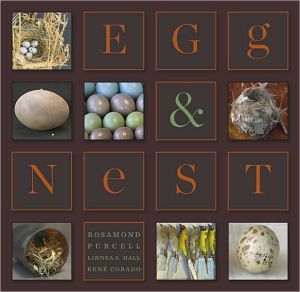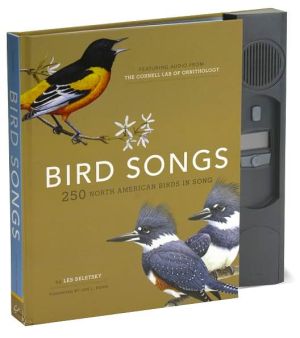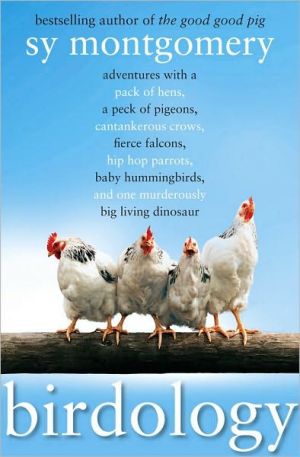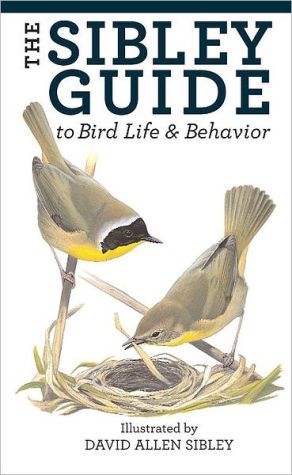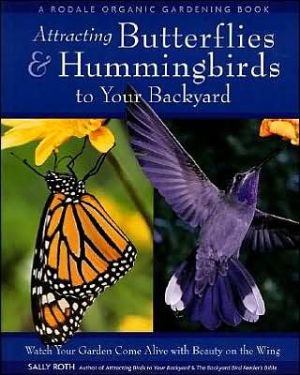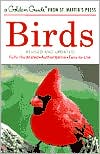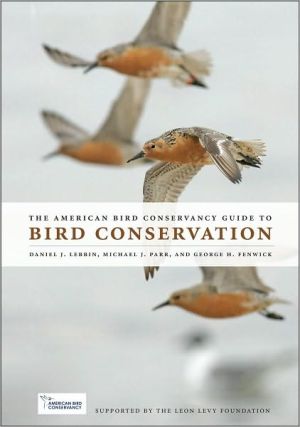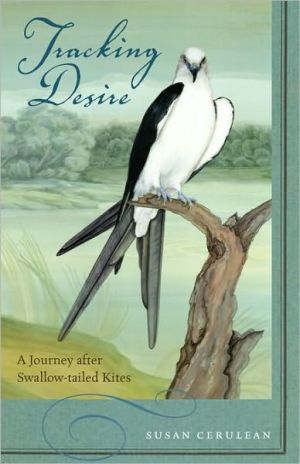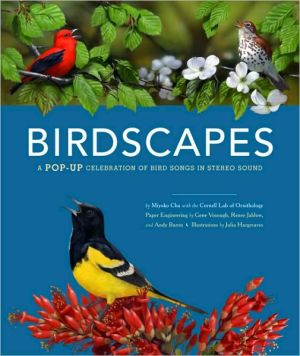Egg & Nest
The beauty of the robin’s egg is not lost on the child who discovers the nest, nor on the collector of nature’s marvels. Such instances of wonder find fitting expression in the photographs of Rosamond Purcell, whose work captures the intricacy of nests and the aesthetic perfection of bird eggs. Mining the ornithological treasures of the Western Foundation of Vertebrate Zoology, Purcell produces pictures as lovely and various as the artifacts she photographs. The dusky blue egg of an emu...
Search in google:
The beauty of the robin’s egg is not lost on the child who discovers the nest, nor on the collector of nature’s marvels. Such instances of wonder find fitting expression in the photographs of Rosamond Purcell, whose work captures the intricacy of nests and the aesthetic perfection of bird eggs. Mining the ornithological treasures of the Western Foundation of Vertebrate Zoology, Purcell produces pictures as lovely and various as the artifacts she photographs. The dusky blue egg of an emu becomes a planet. A woodpecker’s nest bears an uncanny resemblance to a wooden shoe. A resourceful rock dove weaves together scrap metal and spent fireworks. A dreamscape of dancing monkeys emerges from the calligraphic markings of a murre egg.Alongside Purcell’s photographs, Linnea Hall and René Corado offer an engaging history of egg collecting, the provenance of the specimens in the photographs, and the biology, conservation, and ecology of the birds that produced them. They highlight the scientific value that eggs and nest hold for understanding and conserving birds in the wild, as well as the aesthetic charge they carry for us.How has evolution shaped the egg or directed the design of the nest? How do the photographs convey such infinitesimal and yet momentous happenstance? The objects in Egg & Nest are specimens of natural history, and in Purcell’s renderings, they are also the most natural art. Andrea Walker - New Yorker blog [Purcell's] work is concerned with the magic in ordinary objects, but also the aesthetics of conservation and collection, as many of her images of objects from natural-history museums demonstrate. Purcell's latest project, a collection of photographs taken at the Western Foundation of Vertebrate Zoology, in California, is a more serene and stately work, showcasing the variety of the avian world.
\ SlateSpend some time with Rosamond Purcell's enthralling photographs in Egg & Nest, and you might be tempted to become an oologist. Oology is not the science of oohs and ahs but the practice, frowned on in the civilized world, of collecting rare eggs and nests. Most of the photographs were taken at the Western Foundation of Vertebrate Zoology in Camarillo, Calif., which combines the collections of many Victorian bird enthusiasts. There's a woodpecker's nest in the shape of a wooden shoe, a grackle's nest woven of lace and audiotape, and a nest from Wasilla, Alaska, lined with feathers and fur. Unbearably poignant is a photograph of Martha, the last passenger pigeon, who died in the Cincinnati Zoo on Sept. 1, 1914. You'll even find a definitive answer to the age-old conundrum about the chicken or the egg. Hint: Ex ovo omnia.\ — Christopher Benfey\ \ \ \ \ \ American ScientistThe book consists of 10 groups of photographs, rendered in natural light in simple, striking settings...In [one] image, red-winged blackbird eggs rest on squares of cotton wool, their many shades of sky blue recalling the diversity possible within one species. Egg and Nest subtly suggests that such variety deserves our care: for the artifacts and, crucially, for their present-day relatives.\ — Anna Lena Phillips\ \ \ \ BloomsburyThis magnificently illustrated volume provides readers with a fascinating glimpse into the hidden world of wild bird eggs and nests...The book is alternately enlightening and uplifting, and sobering and alarming, as one reviews the preserved remains of what was and what quite literally might have been. One thing is clear upon turning the final page of Egg & Nest: Only eternal vigilance will protect what little of nature's splendor remains in this world.\ — John A. Murray\ \ \ \ \ \ Boston GlobePhotographer Rosamond Purcell has made a career out of creating intriguing images of decaying objects... Her new book, Egg and Nest, focuses on one of the world's premier collections of bird eggs and nests, located at the Western Foundation of Vertebrate Zoology, near Los Angeles. Nests are held together with whatever materials the birds could find: spider webs, fishing line, mud, and condensed saliva. Eggs, too, are varied: green, blue, speckled, covered by a swirl of markings.\ — Jan Gardner\ \ \ \ \ \ ChoiceTranscendent in their beauty, mysterious, softly luminous, fragile yet potent, birds' eggs are highlighted in numerous photos in this thoughtfully assembled volume...This reviewer is grateful for this book and for the generations of work that have gone into building collections like this one.\ — S. Hammer\ \ \ \ \ \ Curious ExpeditionsPurcell doesn't just delve into the history of egg obsession. She captures the variety and beauty of eggs and nests in beautiful photographs. Unless you're an ornithologist, you probably don't have a wide frame of reference for the sheer diversity of eggs. From the ultra glossy, Easter eggs of the Tinamou to the brown, blue and purple mottled eggs of the Chuck-Will's-Widow to the pyriform eggs of the Common Murres, pear-shaped to help prevent the eggs from rolling down the cliffs on which their nest perch, the assortment from page to page is stunning.\ \ \ \ \ \ Martha Stewart LivingAnyone who loves birds, nature, or simply exquisite colors and shapes will find this compendium a revelation. Rosamond Purcell's sumptuous photographs are accompanied by a fascinating history of man's obsession with ornithology.\ \ \ \ \ \ New York TimesIf you are wondering why anyone would spend a life in a pursuit as eccentric as collecting eggs and nests, Ms. Purcell's work will tell you. She selected a range of specimens, eggs brightly colored and plain, and nests made conventionally of twigs or of materials as bizarre as nails. Then she photographed them in natural light. Her luminous results explain without words why people have been collecting eggs and nests for centuries.\ — Cornelia Dean\ \ \ \ \ \ New Yorker blog[Purcell's] work is concerned with the magic in ordinary objects, but also the aesthetics of conservation and collection, as many of her images of objects from natural-history museums demonstrate. Purcell's latest project, a collection of photographs taken at the Western Foundation of Vertebrate Zoology, in California, is a more serene and stately work, showcasing the variety of the avian world.\ — Andrea Walker\ \ \ \ \ \ Pittsburgh Tribune ReviewPurcell uses her camera to transform the everyday ordinary into something extraordinary. She captures the diverse beauty, quirkiness and allure of eggs and the remarkable resourcefulness of birds, focusing on the intricacy of nests and the aesthetic perfection of bird eggs. The rich colors, lighting and textures make her photographs of eggs, nests and birds look three dimensional, as though the eggs could easily fall out of one of the photographs, as if falling from a nest.\ — Kurt Shaw\ \ \ \ \ \ Pittsburgh-Post GazetteBeautiful...Egg & Nest reminds the reader of the civilized, tactile, sensual and emotive pleasures of holding a book in hand as opposed to reading from a glowing light box. Printed in Italy, it combines fabulous image reproduction—each page a magic revelation—with informative and insightful text, Purcell being as adept with words as with a lens.\ — Mary Thomas\ \ \ \ \ \ The Magazine Antiques[A] fascinating book...While this volume is not an art book per se, it is a lively history of egg collecting, or oology...The photographs, both those taken under laboratory conditions and those taken in the wild, are extraordinary, showing the variety of egg sizes, shapes, patterns, and textures: Mottled blue-gray Emu eggs look like fine-grained granite, while the vigorous dark brown markings of the glossy, tawny-colored eggs of the Northern Jacana of Mexico suggest Easter eggs decorated by Jackson Pollock. Equally compelling are Purcell's photographs of birds' nests, beautifully lit and formed of all sorts of materials: A raven's nest of twigs is lined with cotton batting for comfort. A Guatemalan nest of the Banded Wren looks like a crown of thorns—those thorns offering defense from predators. The miniscule vegetable-down nest of an Anna's Hummingbird collected in Santa Monica, California, in 1903 is ingeniously woven around the glass insulator of a telegraph line. All in all, there is considerable beauty and wonderment in this book.\ \ \
